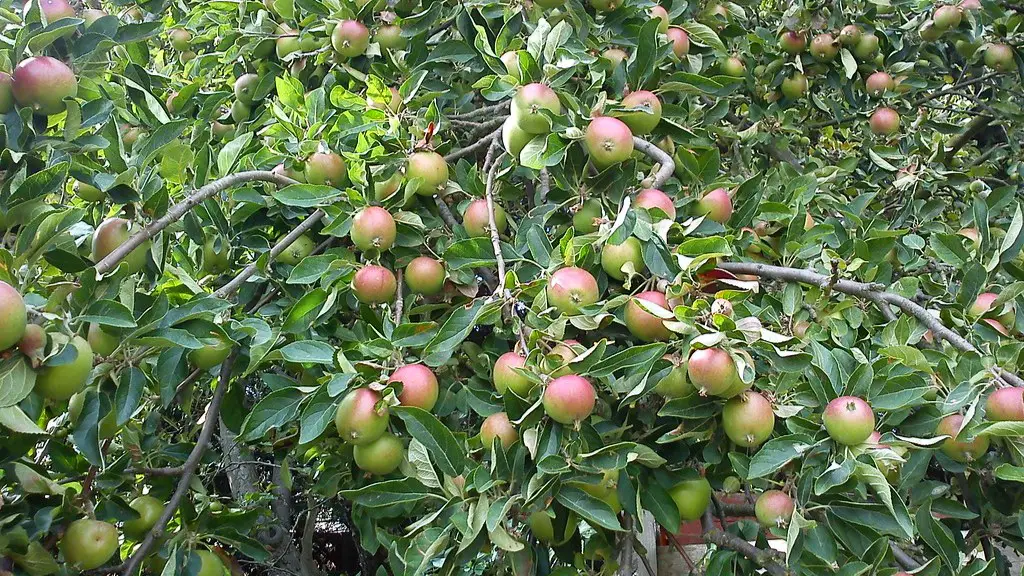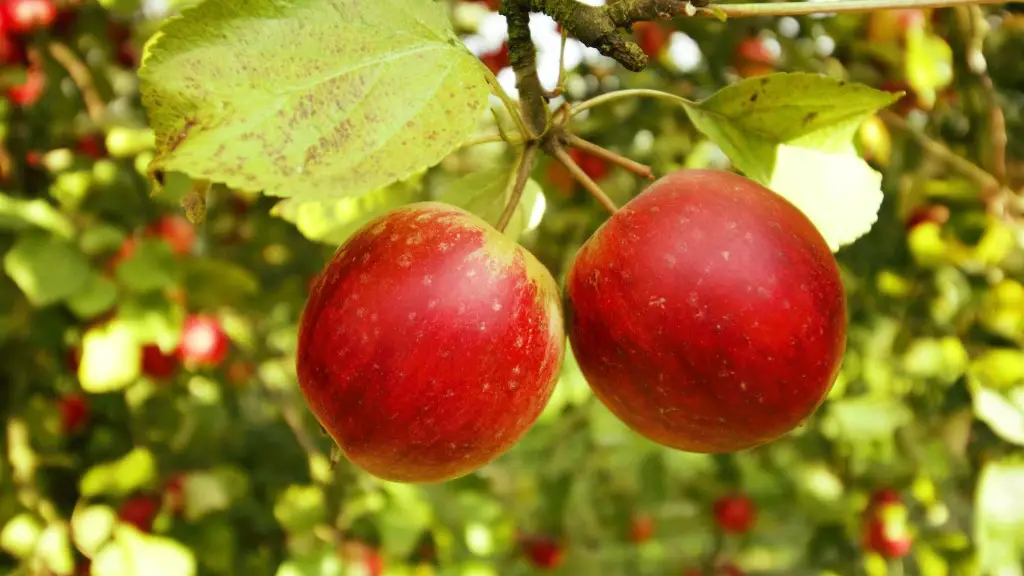Climate Change
Palm trees are native to warm climates, so it can be extremely concerning if one starts to look sickly or if its leaves begin to dry out. When this happens, the first cause many people think of is climate change. The temperature and water availability where the tree is planted can have a tremendous effect on its health, and fluctuations in both of these can easily cause a once robust tree to become ailing.
Ultimately, climate change could be behind why a palm tree is drying out. The average global temperature has been rising, though it can be much more extreme in certain areas and climates. If a palm tree is in an area where temperatures are rising, then its survival is far less certain, as it simply is not adapted to that climate. As temperatures continue to rise, it is unlikely that the palm tree will be able to thrive.
It is also important to consider the availability of water in an area, especially in the case of a drought. Palm trees need access to ample moisture in order to put forth healthy and vibrant new fronds (branches). In certain areas, drought can be a periodical occurrence, bringing increased temperatures and decreased water availability. During these times, it can be incredibly difficult for a previously healthy palm tree to remain unchanged.
Soil Conditions
Soil or root conditions can also cause a palm tree to dry out. If the area has poor soil conditions, or if it has been excessively disturbed by construction or plowing, then the roots of a palm tree can become damaged, making it harder for the tree to absorb the necessary water and nutrients. If the area is sandy, or excessively draining, then the water available to the tree might not be sufficient to fuel its fronds.
Additionally, if the area is heavily contaminated, then toxins such as lead can be of great concern, as these can enter the soil and eventually make their way into the tree, leading to it becoming dry and brittle. Even if the soil itself is good, if it is continually disturbed then the tree can become weakened and might eventually die off completely.
Pests
Pests are also a common cause of a palm tree drying out. A variety of different pests can feed off of a palm tree, from the fronds to the roots. In severe cases, where a large number of pests have been allowed to feed on a tree for a long period of time, then it can become seriously weakened and eventually die off.
In order to prevent this, it is important to monitor the tree regularly for any signs of pests or insect infestation. If these signs are visible then it is important to take action quickly, as the longer an infestation is allowed to persist, then the less likely it is that the tree can recover.
It is also important to check the area where the tree is planted, as some pests such as ants can cause serious damage to even healthy trees. In this case, it is best to remove any nests or colonies which have gathered near the tree, as this can prevent further damage.
Fertilizers and Chemicals
Fertilizers and chemicals are also a potential cause of premature drying. If a palm tree has been over-fertilized, then this can cause imbalances in the tree and eventually lead it to dry out. Additionally, if any fertilizers or chemicals have been added to the soil which are toxic for the tree, then this can also cause it to become seriously weakened and eventually dry out.
In order to prevent this from happening, it is important to add fertilizers to the soil sparingly, and to always ensure that they are well-balanced and appropriate for the type of tree which is being fertilized. Additionally, it is important to be aware of any potential risks associated with using pesticides or herbicides around the tree, as these can sometimes be very harmful and even lethal to palm trees.
Overwatering
Finally, overwatering can also be a cause of a palm tree drying out. Palm trees do not require a large amount of water, and it is often possible to cause more harm than good by watering them too frequently. If the tree has been watered too much or too often, then this can lead to root rot, which can cause the tree to become weak and eventually die.
In order to prevent this from happening, it is important to be aware of the specific requirements for the tree in the area where it is planted. Generally speaking, palm trees should be watered no more than once or twice a month, depending on the climate and soil conditions. As with fertilizers, it is always important to ensure that the soil is well-drained, as this can help to prevent root rot and other potential issues.
Pruning
Pruning the tree can be helpful if it has begun to dry out. Removing the dry and damaged fronds can help to restore some of the lost health to the tree, as this allows it to focus its efforts on the healthy fronds. Additionally, pruning can help to reduce the amount of water which is taken up by the tree, thus allowing it to preserve what resources it may have remaining.
However, it is important to be aware that pruning a tree can be a difficult undertaking and should only be attempted if the correct techniques are used. It is also important to take into consideration the age, size and condition of the tree, as this can effect the amount of pruning which is required.
Environmental Conditions
It is important to consider all of the above mentioned factors and ensure that any changes which have been made recently have not adversely affected the tree. If any of the environmental conditions of the area have changed, then this could be the cause of the palm tree drying out.
For instance, if there has been an increase in the amount of traffic and pollution around the tree, then this could be having an adverse effect on its health. Similarly, if the amount of sunlight or water in the area are not being regulated properly, then this could also lead to a palm tree drying out.
Expert Advice
Ultimately, seeking advice from a professional can be the best way to determine why a palm tree is drying out. A professional can provide insight into potential solutions, as well as advice on how to properly care for the tree. Additionally, they can assess the tree in person and provide more accurate advice as to why it is suffering.
As climate change continues to cause more extreme weather conditions, it is becoming increasingly important to ensure that palms trees, as well as other plants, are given sufficient care and maintained in the proper conditions. With the right care, a newfound understanding of the plant’s environment and environment changes can help to keep a palm tree healthy for years to come.



